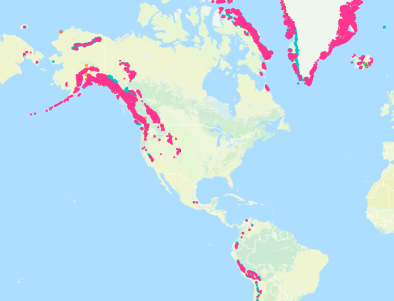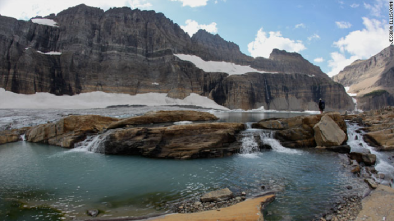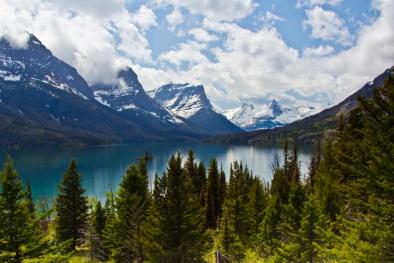Science Source
Interannual variations in snowpack in the Crown of the Continent Ecosystem
- States ecosystem changes such as glacier recession and alpine treeline advance have been documented over the previous 150 years in the Rocky Mountains of northern Montana and southern British Columbia and Alberta, a region known as the Crown of the Continent Ecosystem (CCE)
- States that data from nine Snow Telemetry (SNOTEL) sites provide an indication of the daily accumulation and ablation of snowpack over the period 1977–2001, as well as the relationship between precipitation, temperature and snowpack
- Finds that April 1 data from 21 snow courses indicated the extent of regional snowpack variation and trends over the period 1950–2001, and May 1 data from three snow courses in Glacier National Park allow this record to be extended back to 1922
- SNOTEL data suggest CCE snowpacks are larger and more persistent than in most regions of the western USA, and that water year precipitation is the primary control on April 1 snow water equivalent (SWE)
- Snow course data indicate that variations in both April 1 and May 1 mean SWE are closely tied to the Pacific decadal oscillation, an El Niño–southern oscillation-like interdecadal pattern of Pacific Ocean climate variability
- Finds that despite relatively stable snowpacks and summer temperatures since 1922, the glaciers in Glacier National Park have receded steadily during this period, implying a significant climatic shift between their Little Ice Age glacial maxima (ca 1860) and 192
Related Content
Real Time Data

Nov 22, 2016 | National Snow and Ice Data Center
Global Land Ice Measurements from Space (GLIMS)
Headline

Nov 22, 2016 | CNN
Montana's melting glaciers: The poster-child for climate change
Headline

Nov 22, 2016 | Mother Jones
7 More National Parks Threatened by Fire
Science Source
| Climatic Change
Changes in snowmelt runoff timing in Western North America under a 'business as usual' climate change scenario
Iris Stewart, Daniel Cayan, and Michael Dettinger


